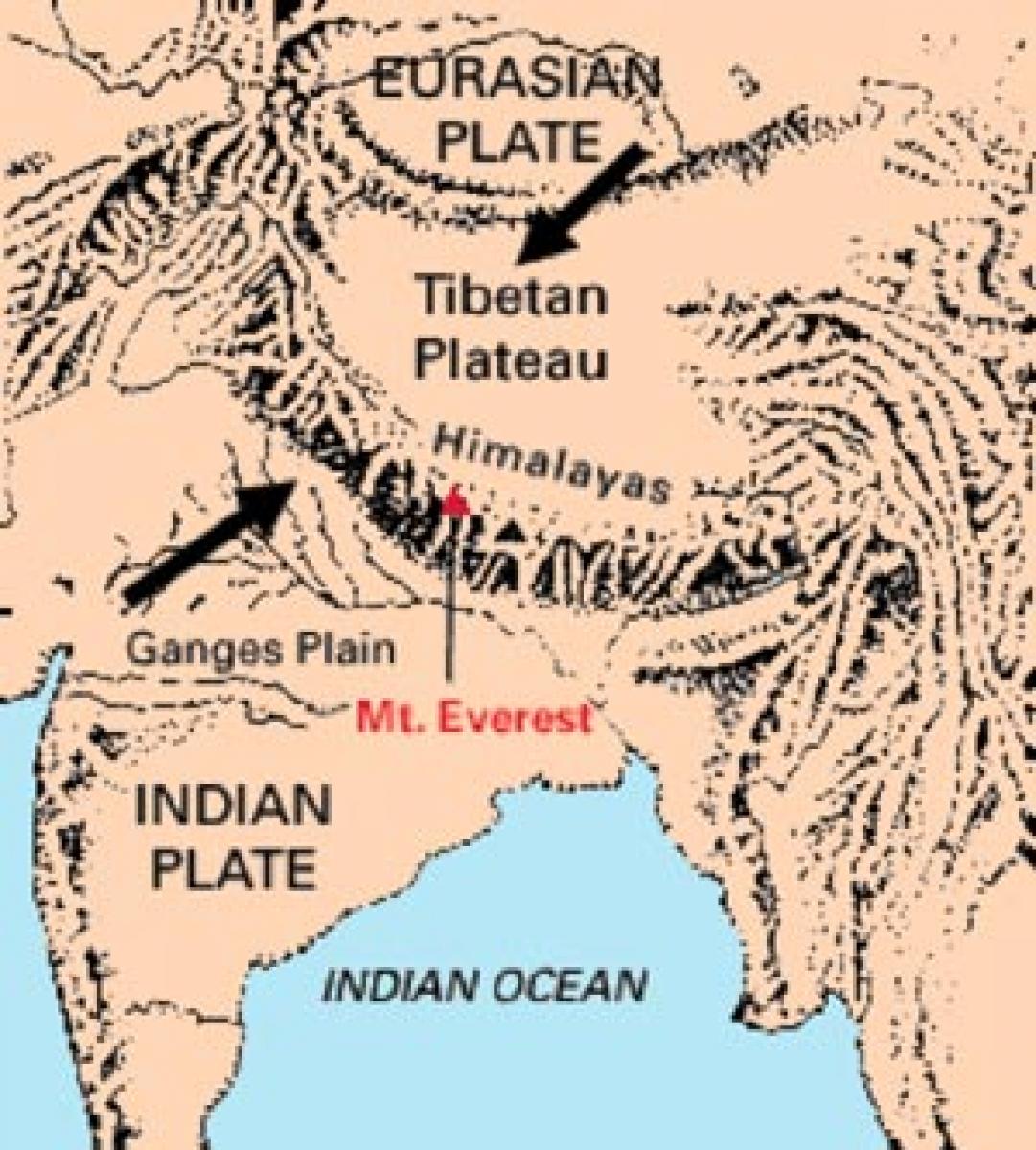India was not isolated before colliding with Eurasian plate: Scientists

Throwing fresh light on how India gradually drifted away from Africa and Madagascar and collided with the Eurasian plate, scientists now report India was by no means as isolated as we thought during its journey.
London : Throwing fresh light on how India gradually drifted away from Africa and Madagascar and collided with the Eurasian plate, scientists now report India was by no means as isolated as we thought during its journey. It was common belief among researchers that before it collided with the Eurasian plate, India was largely isolated for at least 30 million years during its migration.
Using tiny midges encased in amber, paleontologists from University of Bonn in Germany found that there must have been a connection between the apparently cut off India and Europe and Asia around 54 million years ago that enabled the creatures to move around. "Certain midges that occurred in India at this time display great similarity to examples of a similar age from Europe and Asia," said lead author Frauke Stebner from the Steinmann Institute at University of Bonn.
The findings are a strong indicator that an exchange did occur between the supposedly isolated India, Europe and Asia, added the team which involved scientists from the University of Gdansk (Poland) and Lucknow. India harbours many unique species of flora and fauna that only occur in this form on the subcontinent. The scientist mined for amber in seams of coal near Surat.
Small midges, among other things, were encased in tree resin 54 million years ago and preserved as fossils. The tiny insects, which are often not even a millimeter large, are "biting midges". Their descendants can still be found today in Germany in meadows and forests - where the little beasts attack you in swarms and suck your blood. The paleontologist investigated a total of 38 biting midges encased in amber and compared them with examples of a similar age from Europe and China. "There was significant conformity with biting midges in amber from the Baltic and Fushun in north-east China," Stebner added.
How the insects were able to spread between drifting India and Eurasia has not yet been clarified fully. "Nevertheless, it also seems to have been possible for birds and various groups of mammals to cross the ocean between Europe and India at the time," noted the paleontologist, refering to studies by other scientists. However, it has now been possible for the first time, with the aid of biting midge fossils, to also demonstrate an exchange between India and Asia in this period. As if from stepping stone to stepping stone, the insects could have gradually moved forward along the islands.




















